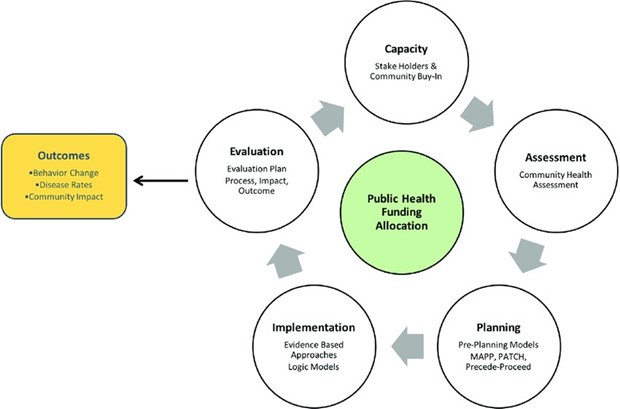A patient arrives at OB triage with a complaint of vaginal bleeding. The nurse would prioritize all of the following questions during the assessment except:
How many weeks are you?
Are you experiencing any pain?"
When was your last ultrasound?
"Do you plan to have a vaginal or cesarean delivery?"
The Correct Answer is D
The question that the nurse would prioritize the least during the assessment is "Do you plan to have a vaginal or cesarean delivery?" This is because the priority at this point is to determine the urgency of the situation and assess the patient's current condition. The patient's delivery plan can be addressed later after the initial assessment is completed and the patient's stability has been established.
The other questions are all important in determining the cause and severity of the bleeding and the appropriate course of action. The question about the number of weeks is important to determine the gestational age and potential causes of bleeding, as some causes are more common in certain stages of pregnancy. The question about pain can help to determine the possible causes of bleeding and the patient's comfort level. The question about the last ultrasound is important to determine the location of the placenta and whether there are any abnormalities or potential complications.
Nursing Test Bank
Naxlex Comprehensive Predictor Exams
Related Questions
Correct Answer is C
Explanation
The Health Planning Model includes the following components: Assessment, Planning, Implementation, and Evaluation

Correct Answer is C
Explanation
A CS4 who has had three prior lower transverse cesarean sections is at the highest risk for uterine rupture. The risk of uterine rupture increases with each subsequent cesarean section, and a history of three or more prior lower transverse cesarean sections is considered a significant risk factor for uterine rupture.
Whether you are a student looking to ace your exams or a practicing nurse seeking to enhance your expertise , our nursing education contents will empower you with the confidence and competence to make a difference in the lives of patients and become a respected leader in the healthcare field.
Visit Naxlex, invest in your future and unlock endless possibilities with our unparalleled nursing education contents today
Report Wrong Answer on the Current Question
Do you disagree with the answer? If yes, what is your expected answer? Explain.
Kindly be descriptive with the issue you are facing.
